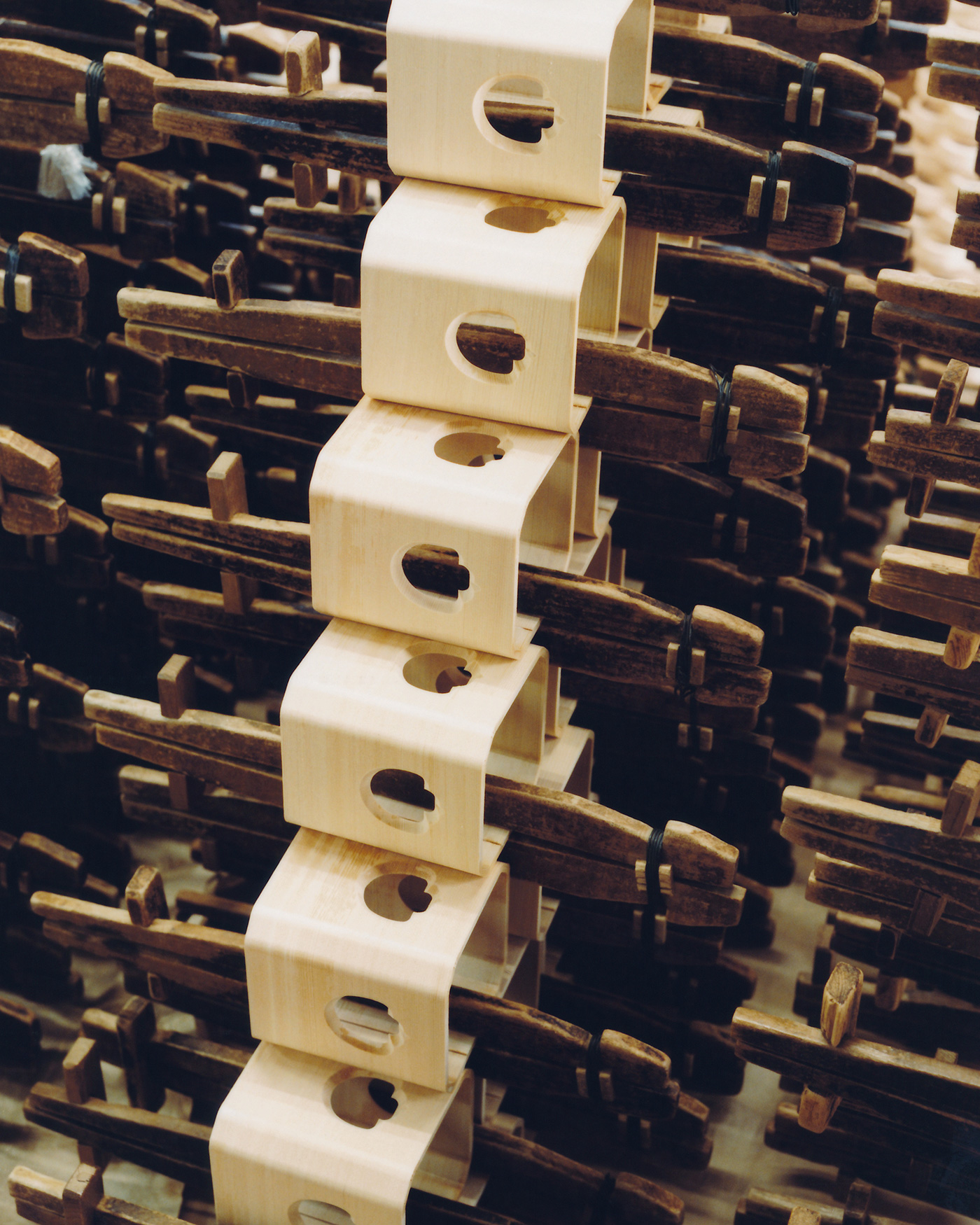What does it mean for Yamakatsu Dyeing to create new products through this project in the context of your company’s history?
We are in a situation where there is no right answer to what we should do to leave behind for the next generation, and we are currently searching for one. I am not sure if participating in this project and going abroad is really the right thing to do. But if I don’t challenge myself, if I don’t find the answer, I won’t be able to remain in the next generation, so I think I have to do it. They say the next 10 or 20 years, but I can’t even see five years into the future. AI has advanced so much that I don’t even know if you will be wearing clothes in the future. If we become a virtual reality, there will be no need to wear clothes. However, I think that the cultural value of kimonos will become more and more important.

The product you are presenting this time is a “coat.” What kind of material and what kind of process do you use to create it?
The dyeing process is the same as for kimono, with red dyeing followed by black dyeing. The material is 100% wool. In the past, there were kimonos made of wool, so it is not technically difficult.
In your collaborations with designers, have there been any new techniques or new thoughts or perspectives that you have adopted?
We are also in the apparel business, so we do some of the work ourselves, but the scope of what we can do as professionals is still limited to dyeing. We realized once again that we need to divide the labor. We have the designers make the designs, and then we dye them properly to complete a single product.

In your communication with the designers, I think you have reinterpreted the kimono quite a bit in order to develop the kimono culture in Europe as one of the themes of this project.
That is a bit of a difficult point. At the beginning of the project, I suggested that it would be better to make it possible to wear a kimono as well. But the design that came out did not include kimono sleeves. But the designer, who knew the output in Europe, thought it would be better from a woman’s point of view when she thought about what women would wear. Once we were entrusted with the job, I think our job was to faithfully create it first.

Yamakatsu Dyeing Co., Ltd. was involved in the production of the products for this project, and they took on the challenge of expanding their business to the U.S. about 4 or 5 years ago. I assume that your participation in this project is based on what you learned from that experience. How many people are involved in the project?
Before, we were talking about taking what we were making and making it the American way, but they told us that if we wanted to sell in the U.S., we would have to have an American design it. When we wanted to go out into the American market, we would have to throw away everything we had and make it American-specific. First of all, the size is different. And since the culture is different, what I think is good for me may not be good for them. So, as I said before, if the designer, Mr. Furukawa, is in the country, I think it would be better to talk with him.









